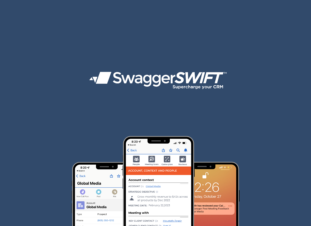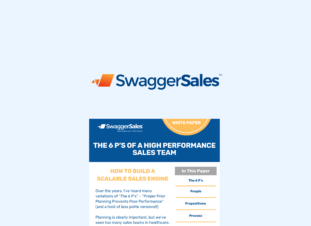Biggest Negotiation Mistakes in Complex Sales
Avoiding Commoditization and Defending Margins
Why most sales teams get the negotiation puzzle wrong, and what to do about it!
If you ask most salespeople involved in complex sales to rank their biggest fears, engaging procurement usually comes up in the top three. And many times, it’s right at the top.
In this article, based on decades of experience, we’ll cover the five biggest and most common gaps we see in how sales leaders and their teams manage the sales negotiation process.
Misunderstanding Where Negotiation Actually Happens
This is the biggest single “mindset” gap in salespeople, and it is often reinforced with the design of the sales funnel itself.

By putting “NEGOTIATION” as a stage towards the end of the sales process, you’re encouraging reps to think of this as something that only happens late in the game.
In fact, the negotiation starts at the very first serious commercial meeting.
“Complex deals are usually won and lost at the front end.”
This means well before there is any formal proposal. These early meetings are where expectations are managed, credibility is gained (or lost), client goals (and monetized value!!) is established and access to key decision makers is secured (or lost). These all require negotiation.
Engaging Procurement Too Late
We’ve trained thousands of procurement professionals, and we know how they think. It’s usually much easier and better to engage them, proactively, early in the sales process than later. Procurement has a job to do – they are there to reduce price and risk for their business. If you’re engaging them late, it’s often a price-only discussion.
“They need to demonstrate value, so now they’ve got no choice but to beat you up on price – because there’s nowhere else to go.”
Believe it or not, most procurement professionals hate this. (Their biggest gripe is often “being brought in by the sponsor too late to a deal” for this very reason). The earlier you engage, the more variables you will have to play with and the better chance you have to create value on both sides with your trades.
Once your sponsor is interested, have them introduce you to procurement fairly early in the process, and join the call to explain the business goals, priorities and why they are talking to you.
Undisciplined, Unstructured Deal Preparation
Even for teams that have been trained well in negotiation skills, we see far too many teams leaving the negotiation preparation to each rep or sales opportunity owner. It’s critical to have a consistent preparation structure, covering at a minimum, the key variables, an assessment of leverage, a target outcome (goal), a limit position, and some pre-planned “trading chips” to allow value to be retained as you restructure the terms of the deal. Many teams fall back on a “how much am I allowed to discount” discussion – that’s not negotiation, that’s called slow surrender.
Poorly Designed Sales Commission Schemes
In many complex sales organizations, the sales reps are commissioned on top-line revenue, while the managers (and certainly the VP Sales and other sales leaders) are focused on revenue and margin (EBITDA).
As a sales rep, if I can close a deal with a 10% discount, that delivers an easier commission than fighting for another 5% of the price and potentially losing the deal. As a result, many reps will fall quickly (under modest commercial or competitive pressure) to their “floor price”.
Aligning the incentives of the rep more closely to those of the business (by including a margin component, or recognizing other value added in trades) is a simple way to reduce unnecessary discounting.
Lack of CRM-Integrated Tools
As a sales leader, your CRM is meant to be your “system of record”. But it can be much more powerful than that.
- CRM (Level 1): Capture deal info, customer records and email communications
- CRM (Level 2): Deal status and red flags, pipeline analytics and forecasting
- CRM (Level 3): A sales enablement and coaching platform.
Most teams never reach Level 3 because the planning tools the team uses for negotiation prep, pre-call planning and coaching are off-line – in excel spreadsheets or on paper. By integrating negotiation and coaching tools into your CRM, you can drive not only skills development and higher margin, but discipline and accountability across even the largest field sales team.
You also open up a wealth of additional insights for sales leaders (for example, actual vs planned deal outcomes in large negotiations, quality of planning for big meetings, and the coaching skills of your front-line managers).
Good negotiating!


